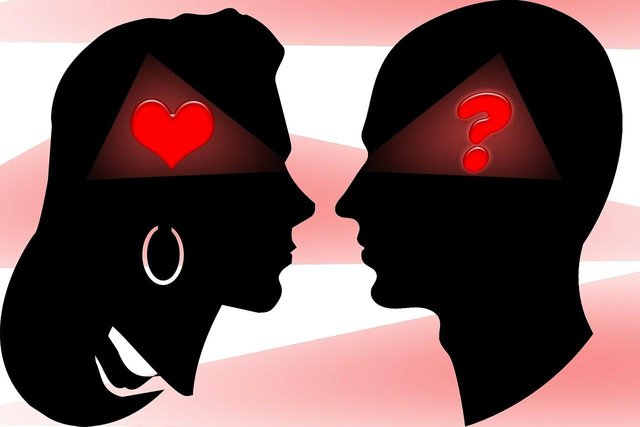Why we choose a partener that fits with our past !?
We model our adult relationships around how our caregivers interacted when we were children. Getty Images.
Growing up, watching our parents or caregivers interact modeled for us adult relationships. How dad treated mom for instance, can communicate how a woman feels, subconsciously, she should be treated by her partner in adulthood. How mom treats dad models how she should act. This works for men as well. If a boy’s father treats his mother like a queen growing up, he’s likely to do the same when he’s a husband.2
One problem that happens along the way is, a caregiver may fail to meet a child’s needs. The child then adapts to accommodate the situation. The first stage usually occurs between birth and a year and a half. This is when one’s attachment style starts to form. If the ca1regivers are loving and responsive to the baby's physical and emotional needs, he or she develops a secure attachment style.
If they are unresponsive or neglectful, the child internalizes feelings of rejection and1 begins to withdraw. Later on, he or she will avoid interacting with others, including peers. As the child gets older, they learn to cater to their own needs and become what is known as an “avoider.”
Others have inconsistent caregivers when they’re small. Sometimes they’re neglectful and at others, attentive. This can give the child feelings of abandonment, leading to another insecure attachment style. This person becomes a “clinger.” One’s attachment style acts as a foundation, upon which future stages are built. Stages go all the way up to adolescence and in each phase, a new behavior or tendency is added.
How we’re cared for informs us of our self-worth, how we’ll attach to others, and how we think we should be treated. Getty Images.
At age three to four, one develops a sense of self. Depending on how well it goes, he or she can become a “controller,” “diffuser,” or “an integrated self.” At four to seven, the child starts to feel their own power. As a result, they might become empowered, a “compromiser,” or a “competitor.”
At seven to 13, they learn about friendship, which can teach them how to conduct healthy relationships. But they may also become a “loner” or a “caretaker,” who always puts others first, and hardly ever mentioning their own needs. Finally, there’s adolescence, where we develop positive sexual and emotional relationships, or become a “conformist” or even a “rebel.” Each stage adds another element to our personality and instructs us in how to manage our relationships and fall in love.

None of these are concrete, however. Behaviors can be situational. We may be an avoider in one instance, and securely attached in another. What tends to happen is, negative background experiences set one up, for what Dr. Hendrix calls, malatropism, or responding in the wrong way to a person or stimulus. Consider the little boy who runs up and punches the girl he likes. It’s the wrong response for what he secretly desires.

Some psychologists believe we pick certain partners for psychological healing, to work through unresolved issues. So what if you weren’t raised in the best environment or you keep picking the wrong people? Are you stuck? Fortunately, patterns can change
Each person starts to understand the meaning behind what the other person is saying, their motivation, what forces shaped them, and how they feel, deep down inside.
by .Philip P.
Hi! I am a robot. I just upvoted you! I found similar content that readers might be interested in:
http://bigthink.com/philip-perry/imago-theory-explains-why-we-choose-a-partner-that-fits-with-our-past
Congratulations @elenanurse! You have completed some achievement on Steemit and have been rewarded with new badge(s) :
Click on any badge to view your own Board of Honor on SteemitBoard.
For more information about SteemitBoard, click here
If you no longer want to receive notifications, reply to this comment with the word
STOP